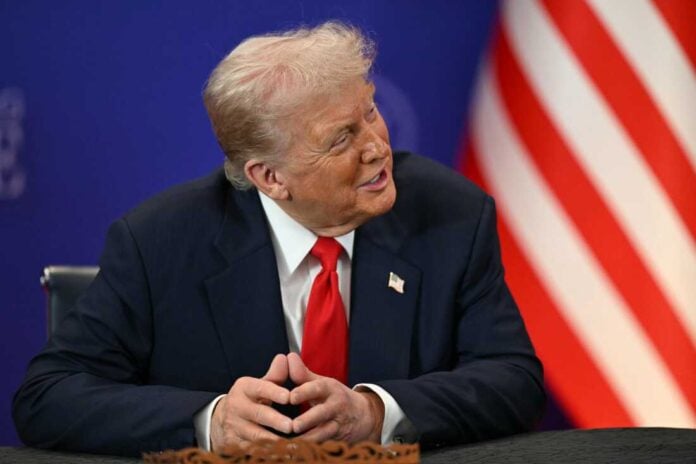
The recent Supreme Court ruling on Temporary Protected Status, often called TPS, has become one of the most significant immigration decisions of the year.
Designed to help people remain safely in the United States when conditions in their home countries are considered dangerous, TPS has long been a topic of debate among lawmakers, advocates, and communities directly affected by it.
In mid-November, the nation’s highest court issued an 8–1 ruling that offered the Trump administration a clear legal victory. The justices determined that the federal government has wide discretion to decide when a country no longer meets the criteria for humanitarian protection.
This decision allows officials to move forward with ending TPS for roughly 300,000 Venezuelan migrants, a change that had previously been halted by a lower court injunction.
Justice Ketanji Brown Jackson wrote the lone dissent, while the majority concluded that choices involving international relations and immigration policy fall primarily to the executive branch. During oral arguments, Solicitor General John Sauer contended that the lower court had misinterpreted the limits of its authority.
The justices largely agreed, emphasizing that the law gives the Department of Homeland Security broad power to reassess TPS designations based on evolving conditions abroad.
This ruling clears the way for DHS to implement guidance first issued in February by Secretary Kristi Noem. That directive formally ended Venezuela’s TPS status, with the policy scheduled to take effect in April. For many households, especially those with long-standing roots in the United States, the decision has created deep uncertainty about what comes next. Yet for federal agencies, the Court’s opinion provides a definitive answer about who has the final word on TPS policy.
To understand the significance of this shift, it helps to look back at how policies have changed over the past several years. Under the Biden administration, former DHS Secretary Alejandro Mayorkas had renewed Venezuela’s TPS designation multiple times, citing unstable conditions that made returning individuals unsafe. Those protections were set to stretch into 2025 and 2026. The new directive, however, replaces those extensions and signals a markedly different approach.
Federal officials have pointed to improving circumstances inside Venezuela as the basis for the change. According to DHS assessments, the country no longer meets the statutory requirements for continued TPS protection. Supporters of the administration’s decision argue that TPS is intended to be temporary and should evolve as conditions abroad change.
In addition to policy updates, federal enforcement statistics have also drawn attention. As of late October 2025, DHS reported more than 527,000 deportations since the start of the Trump administration, alongside over 1.6 million voluntary departures. Officials anticipate that these numbers will continue to rise as the government increases staffing and resources devoted to enforcement. The administration has made clear that tighter immigration control remains one of its primary policy priorities.
For older Americans watching these developments, the broader story may be less about the day-to-day politics and more about how government decisions ripple through families, communities, and the national conversation.
The Supreme Court’s ruling underscores how immigration law often rests on complex questions—balancing humanitarian responsibility with federal authority, and weighing international stability against domestic policy goals.
While opinions may differ on the outcome, the Court’s decision marks a defining moment in the country’s ongoing discussion about TPS, federal power, and the role of the courts.
It also reminds us that in every major ruling, there are people and families whose futures depend on how the law is interpreted at the highest level.


